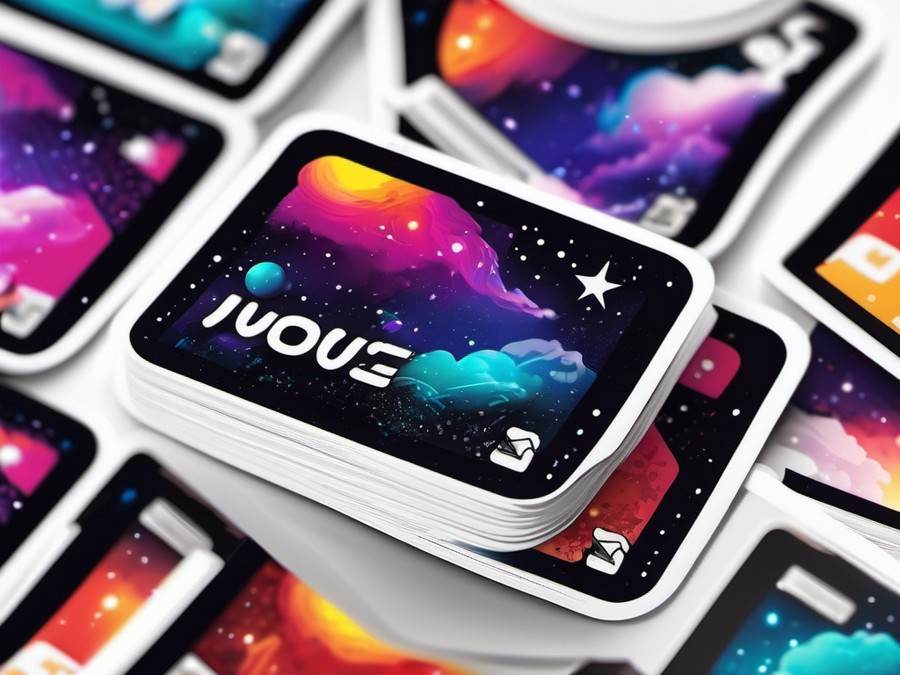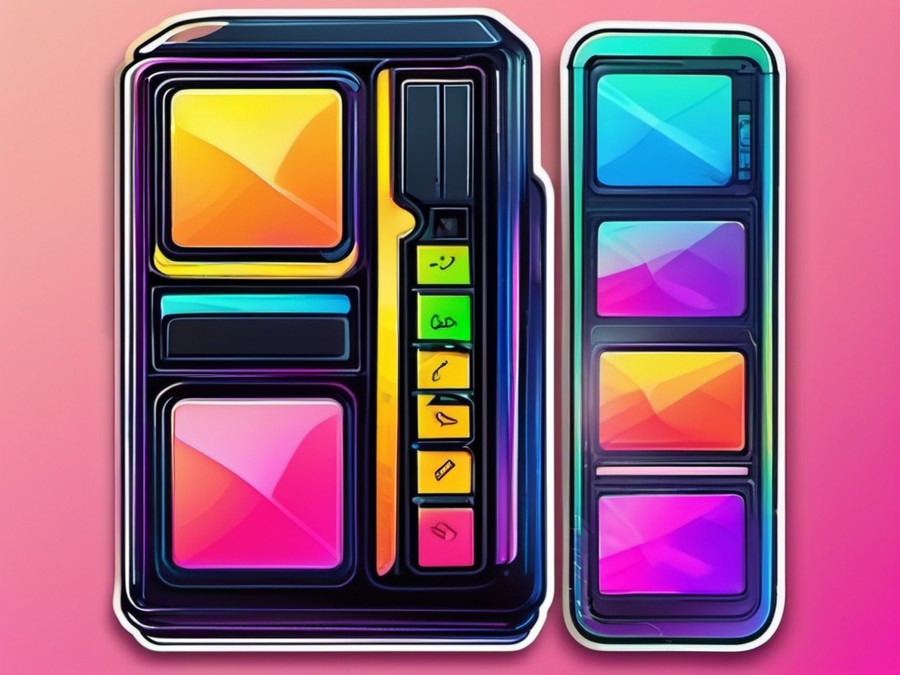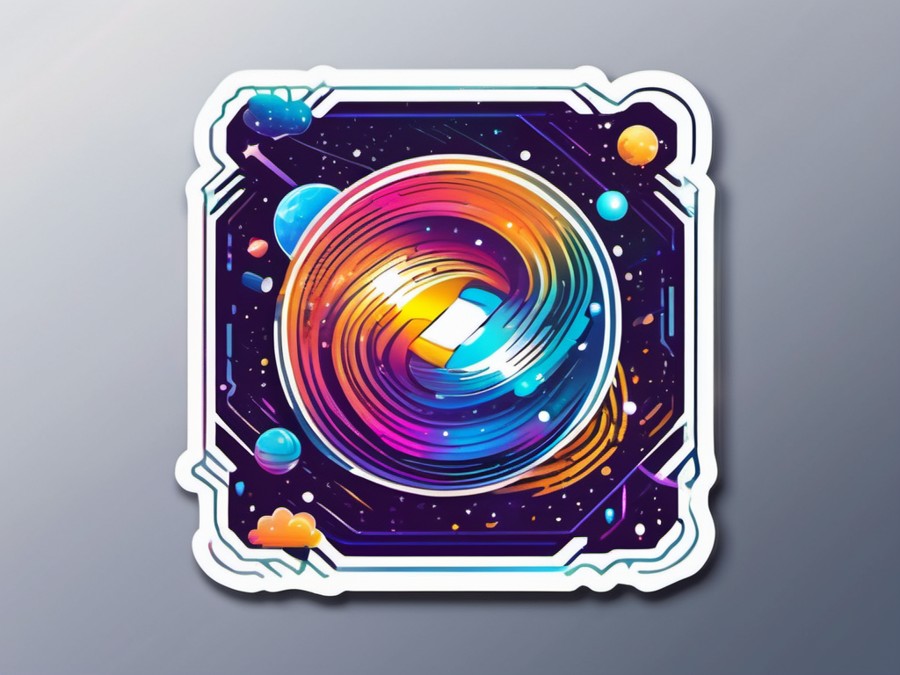· Charlotte Will · Memory Cards · 7 min read
What is the Fastest Memory Card for Professional Photography?
Discover the fastest memory cards for professional photography to enhance your camera's performance and capture stunning images seamlessly. Learn about write and read speeds, UHS classes, CFexpress vs SD cards, and expert recommendations for high-speed memory cards. Optimize your photography workflow today!

In the fast-paced world of professional photography, every second counts. You don’t want to miss that perfect shot because your camera is buffering, and you certainly don’t want to wait ages for your images to transfer. That’s where the fastest memory card comes into play. But what makes one memory card faster than another? And how do you choose the right one for your professional needs? Let’s dive in and find out.
Understanding Memory Card Speeds
What are Write and Read Speeds?
Memory cards come with two primary speed indicators: write speed and read speed. Write speed determines how quickly your camera can write data to the card, which is crucial for capturing continuous shots or high-resolution images. Read speed, on the other hand, affects how swiftly you can transfer files from your card to your computer. For professional photographers, both speeds are vital for a smooth workflow.
The Role of UHS Classes
Ultra High Speed (UHS) is a classification system that categorizes memory cards based on their speed. You’ll see labels like UHS-I, UHS-II, and the newer UHS-III. UHS-I supports up to 104 MB/s, while UHS-II can handle speeds up to 312 MB/s. UHS-III, though less common, offers speeds up to 624 MB/s. The higher the UHS class, the faster your card can write and read data.
CFexpress vs SD Cards
When it comes to professional photography, two main types of memory cards reign supreme: SD and CFexpress. SD cards are smaller, more versatile, and compatible with a wider range of devices. CFexpress cards, however, are designed specifically for high-end cameras and offer blazing fast speeds. Both have their perks, so choosing between them often comes down to your specific needs and camera compatibility.
Key Factors Affecting Memory Card Speed
Camera Compatibility
Before investing in a memory card, make sure it’s compatible with your camera. Some cameras support both SD and CFexpress cards, while others are limited to one type. Always check your camera’s manual or manufacturer specifications to avoid any issues.
Image Format and File Size
The format you shoot in (RAW or JPEG) and the resolution of your images significantly impact memory card performance. RAW files are larger than JPEGs and require faster write speeds to prevent buffering. For professional photography, RAW is often the preferred format, so ensure your memory card can keep up.
Burst Mode Photography
If you’re into action or sports photography, burst mode is your best friend. But capturing multiple shots in quick succession puts a lot of pressure on your memory card. For seamless burst mode shooting, you’ll need a card with high write speeds to handle the data onslaught without breaking a sweat.
Top Memory Cards for Professional Photography
Best SD Cards for High-End Cameras
When it comes to SD cards, speed is king. Look for cards with high write speeds (at least 90 MB/s) and UHS-II or UHS-III classifications. Some top recommendations include the SanDisk Extreme Pro and the Sony Tough. Both offer exceptional speeds and durability, making them ideal for professional use.
Fastest CFexpress Cards
For those with compatible cameras, CFexpress cards are a game-changer. They offer speeds of up to 1700 MB/s, making them perfect for high-resolution photos and 4K video. Brands like Sony, Lexar, and SanDisk lead the pack with their CFexpress offerings. Just remember, speed comes at a premium—expect to pay more for these high-performance cards.
XQD Cards for High-Resolution Photos
XQD cards are another option, particularly popular among Nikon users. They offer fast write speeds and are known for their durability. While not as fast as CFexpress, XQD cards still provide plenty of speed for professional photography. The Sony G Series and Nikon XQD are popular choices among photographers.
Real-World Performance and Reviews
User Experiences with High-Speed Memory Cards
Professional photographers who’ve made the switch to high-speed memory cards rave about the difference it makes. No more missed shots or lagging buffering—just smooth, seamless performance. Check out the experiences of fellow photographers in our What is the Benefit of Using a Faster Memory Card? article.
Industry Reviews and Benchmarks
Industry experts have put these cards through their paces, and the results speak for themselves. SanDisk and Sony memory cards consistently top benchmark tests, offering reliable performance in real-world conditions. Before you buy, take a look at some of these tests to see how the cards compare.
Maximizing Your Memory Card’s Performance
Proper Formatting Techniques
Formatting your memory card regularly can help maintain its performance. Always use the camera to format, as it optimizes the card for your specific model. This simple step can make a big difference in keeping your memory card running smoothly.
Regular Maintenance and Care
Treat your memory cards with care to prolong their lifespan. Avoid exposing them to extreme temperatures or moisture, and always eject them properly from your computer. For outdoor enthusiasts, a waterproof memory card case can be a lifesaver. Read more about their importance in our What is the Importance of Waterproof Memory Card Cases for Outdoor Enthusiasts? article.
Memory Card Speed vs Other Considerations
Balancing Speed with Durability and Storage Capacity
While speed is critical, it’s not the only factor to consider. Look for cards that offer a good balance of speed, durability, and storage capacity. A card with blazing fast speeds but only 32GB of storage won’t cut it for a day-long shoot.
The Importance of Reliability and Brand Reputation
Investing in a quality brand like SanDisk, Sony, or Lexar ensures you’re getting a reliable product. These brands have a proven track record and are trusted by professionals worldwide. Don’t skimp on quality when it comes to your memory cards—your photos are counting on it.
Future Trends in Memory Card Technology
Emerging Standards and Innovations
The world of memory cards is always evolving. New standards like UHS-III and CFexpress 2.0 promise even faster speeds and greater capacities. Staying up to date with these innovations can help you stay ahead of the curve and ensure your gear is future-proof.
Adapting to Evolving Camera Systems
As cameras continue to advance, so too will the demands on memory cards. Future-proofing your gear now can save you from costly upgrades down the line. Keep an eye on new camera releases and their memory card requirements to ensure you’re always one step ahead.
Conclusion
Choosing the fastest memory card for professional photography is about more than just speed. It’s about balancing performance, durability, and capacity to meet your specific needs. Whether you opt for an SD card, CFexpress, or XQD, investing in a high-quality memory card is key to capturing stunning images and maintaining a smooth workflow.
FAQs
What is the difference between UHS-II and UHS-I memory cards?
UHS-II memory cards offer faster speeds than UHS-I, making them ideal for high-resolution photos and 4K video. While UHS-I supports up to 104 MB/s, UHS-II can handle speeds up to 312 MB/s.
Can I use a slower memory card in my high-end camera?
While it’s possible, using a slower memory card can lead to buffering issues and missed shots, especially in high-pressure situations like sports or action photography. For the best performance, opt for a card with high write speeds.
How do I know if my camera supports CFexpress cards?
Check your camera’s manual or the manufacturer specifications. Compatible cameras will have a CFexpress card slot, typically labeled as such.
Should I format my memory card regularly?
Yes, formatting your memory card regularly can help maintain its performance. Always use the camera to format for optimal results.
What happens if I use a memory card that isn’t compatible with my camera?
Incompatibility issues can lead to errors, slow performance, or even data loss. Always ensure your memory card is compatible with your camera to avoid these problems.




